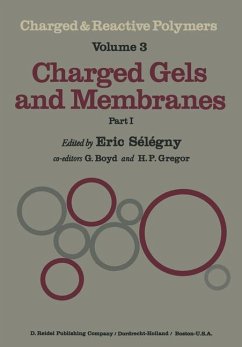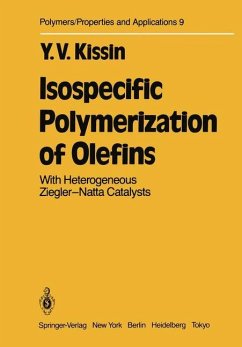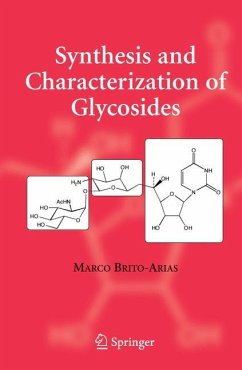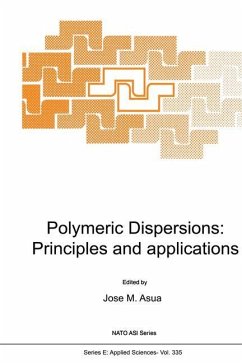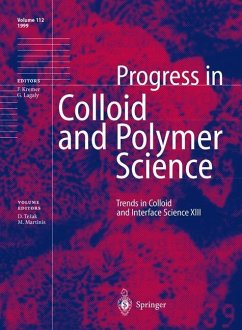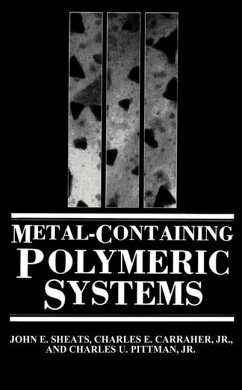
Metal-Containing Polymeric Systems

PAYBACK Punkte
20 °P sammeln!
Research on metal-containing polymers began in the early 1960's when several workers found that vinyl ferrocene and other vinylic transition metal u -com plexes would undergo polymerization under the same conditions as conventional organic monomers to form high polymers which incorporated a potentially reactive metal as an integral part of the polymer structures. Some of these materials could act as semi-conducters and pos sessed one or two dimensional conductivity. Thus appli cations in electronics could be visualized immediately. Other workers found that reactions used to make simple metal c...
Research on metal-containing polymers began in the early 1960's when several workers found that vinyl ferrocene and other vinylic transition metal u -com plexes would undergo polymerization under the same conditions as conventional organic monomers to form high polymers which incorporated a potentially reactive metal as an integral part of the polymer structures. Some of these materials could act as semi-conducters and pos sessed one or two dimensional conductivity. Thus appli cations in electronics could be visualized immediately. Other workers found that reactions used to make simple metal chelates could be used to prepare polymers if the ligands were designed properly. As interest in homo geneous catalysts developed in the late 60's and early 70's, several investigators began binding homogeneous catalysts onto polymers, where the advantage of homo geneous catalysis - known reaction mechanisms and the advantage of heterogeneous catalysis - simplicity and ease of recovery of catalysts could both be obtained. Indeed the polymer matrix itself often enhanced the selectivity of the catalyst.





